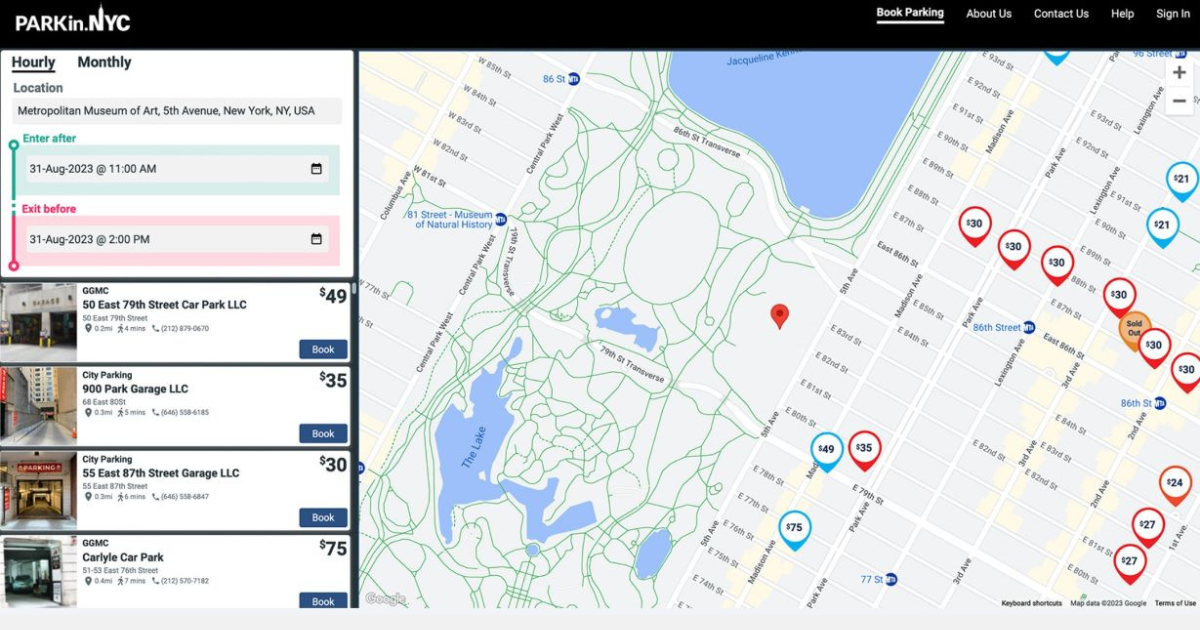Outcomes: The New Dynamics in Smarter Buildings

Smart buildings are not new. Generally, it is understood that smart buildings are rich in technology and will improve our facilities and drive efficiency. We all-too-often find ourselves struggling to understand the outcomes the technology is designed to deliver.
New challenges are pushing owners and operators to think more strategically about the business outcomes they expect from their buildings and facilities.
Managing and operating buildings is harder today than it has been in the past. The hardest task of all is to incorporate an approach that includes identifying results and deciding the immediacy of what needs to be done now and that which can wait.
We talk at length about what building transformation looks like, and opportunities to enhance it. Talking about technology tends to be easier than talking about the outcomes. Smarter building technology can either be the obstacle or the engine to drive better outcomes. How do we then achieve smarter buildings and smarter outcomes? By marrying operational technology and business outcomes.
Operational Technology + Business Outcomes = SMARTER BUILDINGS
What is needed is not more technology, but a change in the narrative and the conversation that starts with identifying the outcomes. To realize technology's full potential, we must better understand what the business, operational, financial, marketability, and strategic outcomes are. Decisions need to incorporate what the implications may be.
Taking the time to align conversations around these can positively impact an organization’s ability to accomplish greater goals towards sustainability and operational efficiencies and deliver the true value of smarter buildings.
What type of outcomes should be addressed? There are two key outcome categories within the built environment—economic/business side of the equation and the operational side.
Economic/Business
- Lower Real Estate Costs
- Cost Reduction/Efficiencies Maximized
- Reduce Budgetary Uncertainties Across Building Portfolio
- Asset and Property Value
- Compliance Requirements and Mandates
- Risk Mitigation
- Financial/NOI
- Marketability
- CAPEX/OPEX Balance
- Building/Facility Resiliency/Extend Equipment Lifetime
- Capital Planning Improvement/Cost Reduction
Operational
- Performance-Driven Operations
- Curb Energy/Water Consumption
- Maximize Lifetime Equipment
- Predictive Maintenance (Reduce Incidents/Resolve Faster)
- Ensure a Healthy, Safe and Trusted Building Environment
- Cybersecurity (Address New Compliance/Regulatory Requirements)
- ESG/ Sustainability/ Decarbonization/Net Zero
- Occupant Experience
- Data and Workflow Integration
- Space Optimization
- Streamline/Centralize Operations/Apply Best Practices
- Certification (WELL, SPIRE etc.)
- Eliminate Vendor Lock-Down
- System Interchangeability and Interoperability
While each owner/operator will have their own specific outcomes that depend on their goals, requirements, and use cases, they should be stated as action items and included as part of the discussion when designing a smarter building.
Establishing business and economic outcomes is a fundamental component of any business strategy. Leveraging today’s building technology to enable those objectives in the most effective way possible is essential. When it comes to smarter building business outcomes, it is about solving owner/operator challenges and achieving business, strategic, financial and marketability outcomes.
2023’s-built environment will continue to be a year of resilience and change – driven by outcomes from the business, economic and operational side of operating and managing buildings.
This Week’s Sponsor
Embracing open software/hardware platforms, Lynxspring develops, manufactures, and distributes edge-to-enterprise solutions creating smarter, sustainable buildings, better energy management systems, equipment control and specialty machine-to-machine and IoT applications. Lynxspring technologies simplify connectivity, integration, interoperability, data access and normalization and analytics from the edge to the enterprise. The company’s solutions are commercially deployed in millions of square feet in the United States and internationally. www.lynxspring.com
Read Next
 3/27/2025
3/27/2025
The Convergence of Edge Computing, Cloud, and AI in Building Automation and Smart Buildings In the built environment, we have seen the convergence of Operational Technology (OT) and Information Technology (IT), later expanding to include Workplace Technologies (WP).
 3/27/2025
3/27/2025
DC Power: A Holistic Approach to Energy Savings in Commercial Buildings In today's energy-conscious world, businesses constantly seek ways to reduce their carbon footprint and operational costs.
 3/13/2025
3/13/2025
How to Achieve Eco-Friendly Facility Management Commercial real estate operators and facility managers are focusing on sustainable practices to minimize environmental impact, create healthier workplaces, improve productivity and lower operational costs.
 1/23/2025
1/23/2025
When It Comes To Managing Properties’ Parking, Technology Is Key It’s easy for developers and real estate owners to think of parking as a necessary evil. They know they have to provide it (often, because it’s mandated by code), they understand that prospective tenants and buyers expect to be provided parking, but they haven’t figured out how to maximize its value.







.gif)


